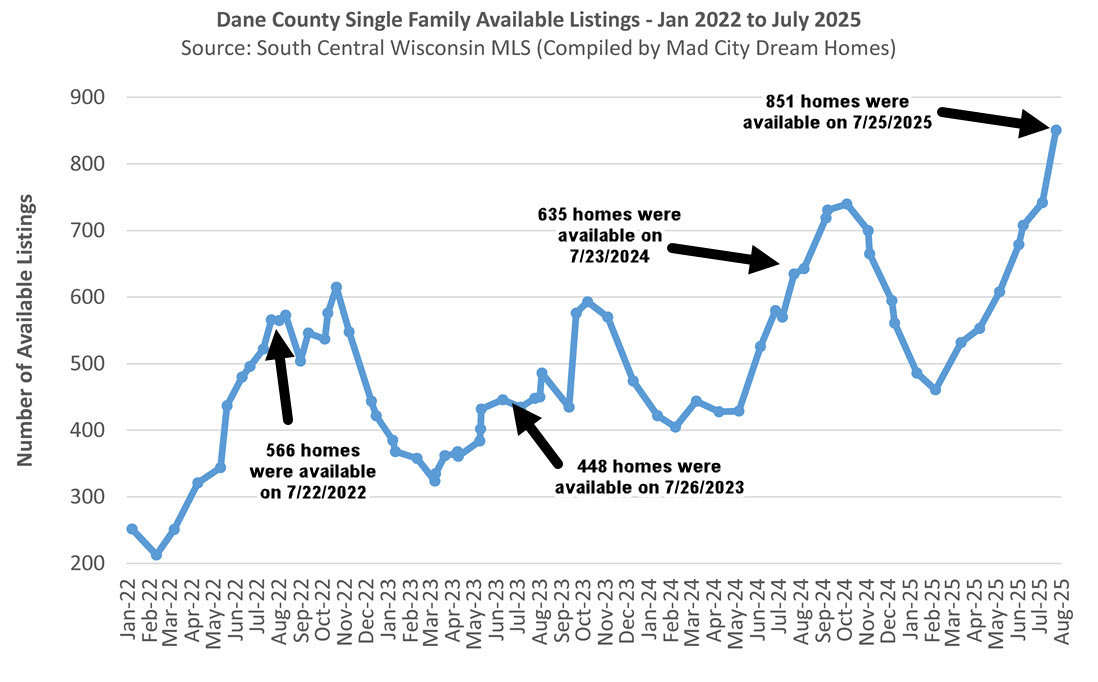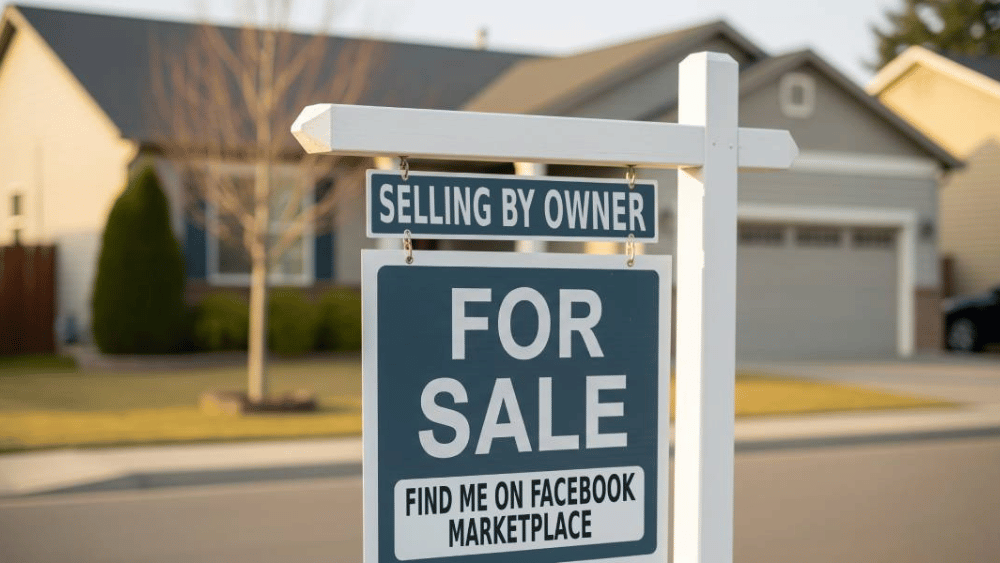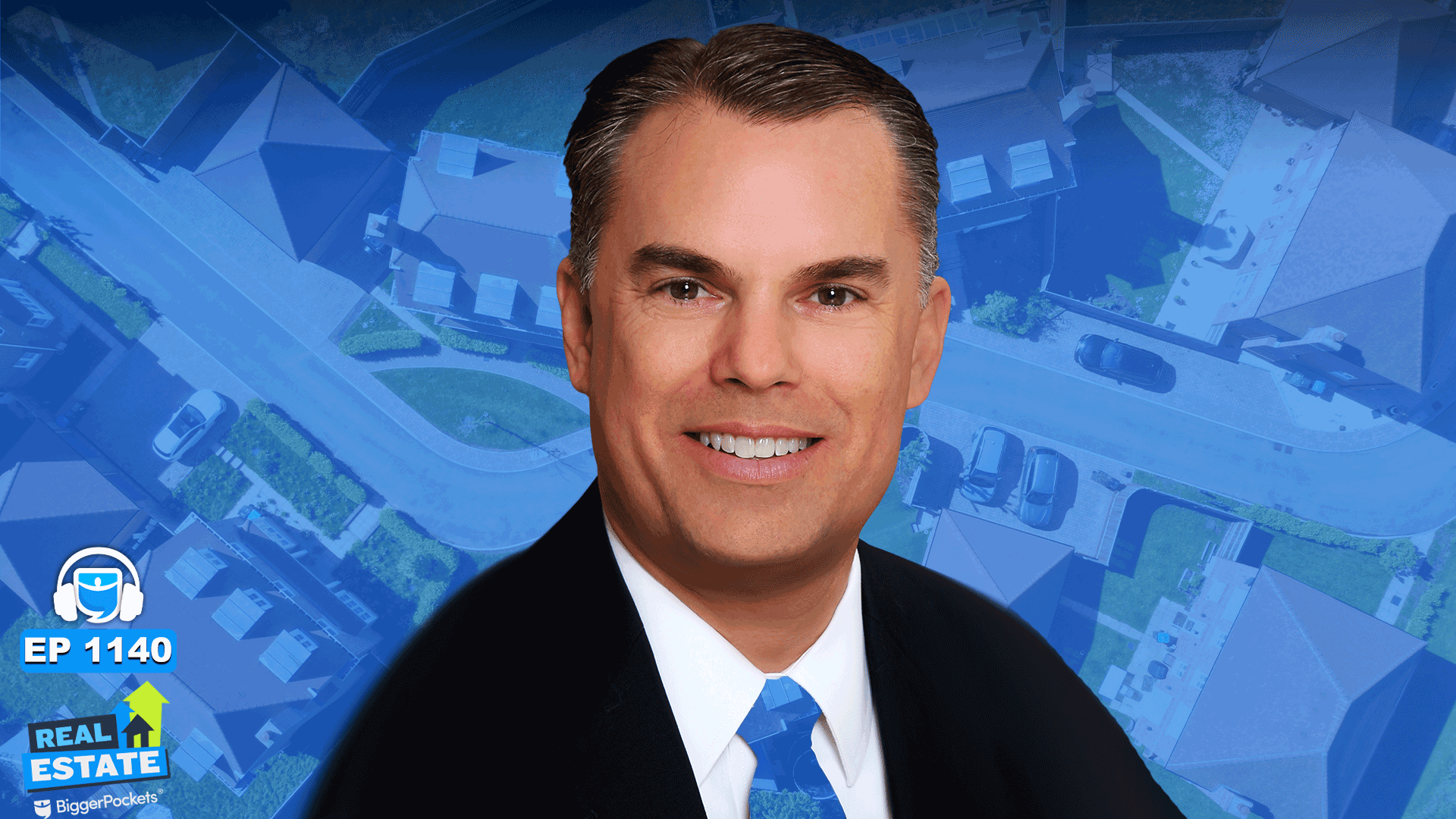RBA governor Michele Bullock announced rates would be kept on hold after the central bank’s July monetary meeting.
Recent Reserve Bank rate cuts have been spurring home buyers to rack up larger amounts of debt – and now the pressure is boiling over, with households beginning to feel the strain.
New Roy Morgan polling has revealed the proportion of households now at risk of “mortgage stress” is level with figures reported in January – before the first of this year’s two cuts were announced.
About 28 per cent of mortgage holders were reported to be “at risk” of mortgage stress in June, up from the period just after the most recent cut in May.
MORE: 150 buyers for each home: house threat coming
About 1.3 million Aussies are experiencing mortgage stress, 684,000 more people than in early 2022 – before the first of 13 interest rate hikes over that year and early 2023, according to Roy Morgan.
Mortgage stress was defined as households spending a disproportionate or unsustainable amount of their incomes on keeping a roof over their heads.
Roy Morgan chalked up the rise in stress to larger borrowing amounts taken out by people buying homes and larger amounts outstanding on home loans generally.
It’s an alarming twist to the economic relief meant to come from the RBA’s double whammy of cash rate cuts, first in February and then again in May.
MORE: Couple’s power move gets them 18 homes, $11m
Strong buyer competition has pressured home seekers to get into bigger debts.
Economists said mortgage stress levels surging back to where they were in January, before any cuts were made, was concerning.
The figures suggest a brief dip in repayments offered by the RBA cuts was quickly swallowed up by borrowers stretching their budgets to the limit just to get into the market — or upgrade.
Bigger debts have come as households battled a lethal cocktail of other ballooning costs, including skyrocketing insurance, council rates and power bills.
It will take another 0.25 per cent interest rate cut to break the cycle of rising mortgage stress, Roy Morgan noted.
Roy Morgan CEO Michelle Levine said households’ rising debt levels were not surprising given recent home price rises.
MORE: Bargain homes list exposes brutal Sydney truth
Big banks have so far passed on all the cuts this year. Picture: NCA Newswire
She said the figures suggest recent cuts have only provided temporary relief for the mortgage market as a whole.
“These results show although reducing interest rates generally does lead to lower levels of mortgage stress, this effect may only be short-term as new buyers entering the market are able to borrow more money for larger loans to get into the market, thus leading to an increase in mortgage stress,” she said.
Ms Levine said the outlook for mortgage holders over coming months looked more positive.
Ten successive months of falling inflation, which has left inflation within the target range of the RBA, suggested more interest rate cuts could be coming, she said.
MORE: Meet the 4yo Aussie homeowner with a $1m portfolio
A drop in listings, coupled with rising demand, have meant stiff competition at auctions. Photo: Tom Parrish
MORE: Crowd pressure home buyer to pay $550k extra
Employment figures also provided some hope. “It is important to appreciate that interest rates are only one of the variables that determines whether a mortgage holder is considered ‘At Risk’,” Ms Levine said.
“The largest impact on whether a borrower falls into the ‘At Risk’ category is related to household income – which is directly related to employment.
“The employment market has been strong over the last three years and this has provided support to household incomes, which have helped to moderate levels of mortgage stress over the last year.”
PropTrack figures showed national home prices peaked in June after rising in every capital city. Rises were particularly high in Brisbane and Adelaide at a respective 8.3 per cent 9.8 per cent annually.



















 English (US) ·
English (US) ·